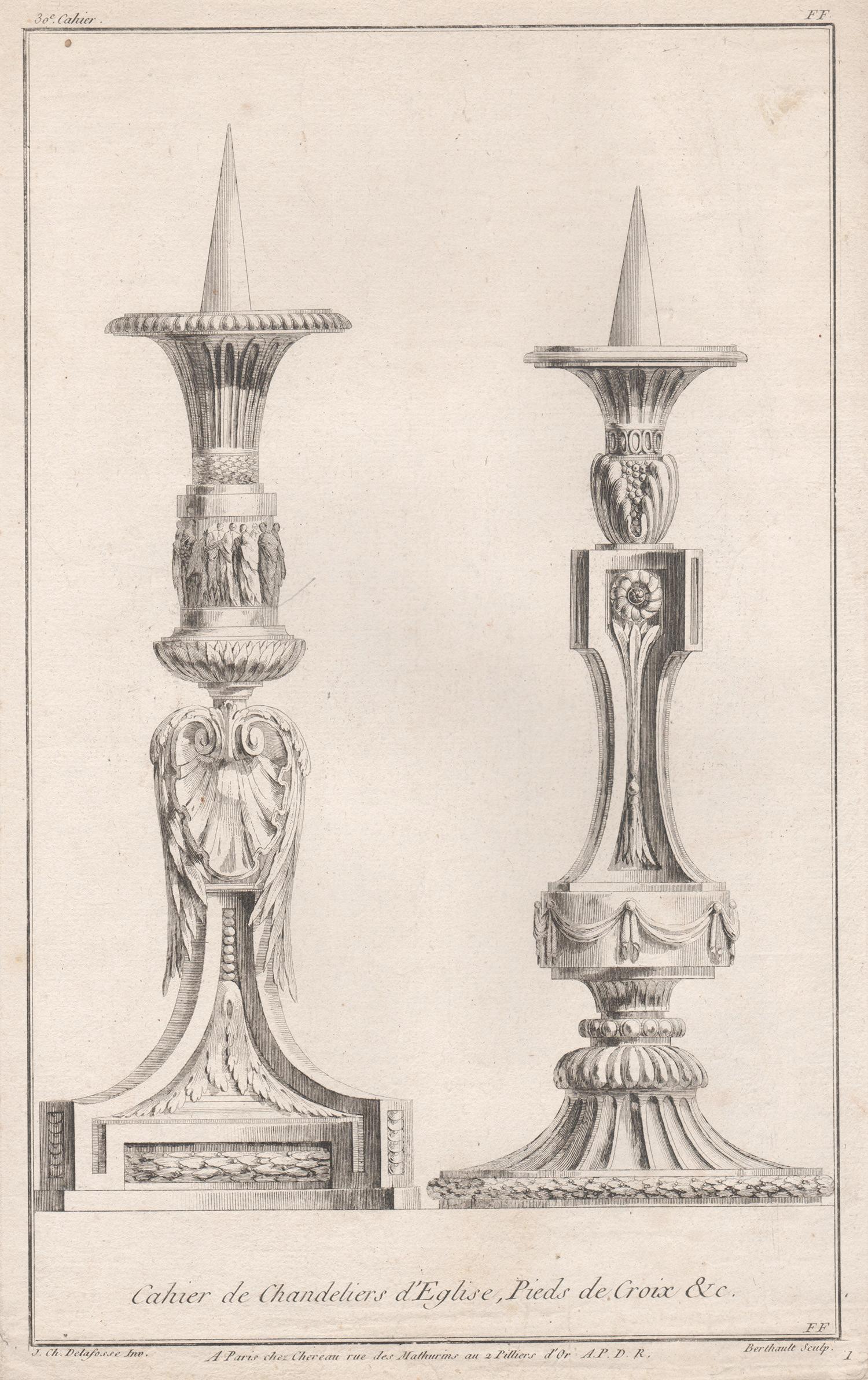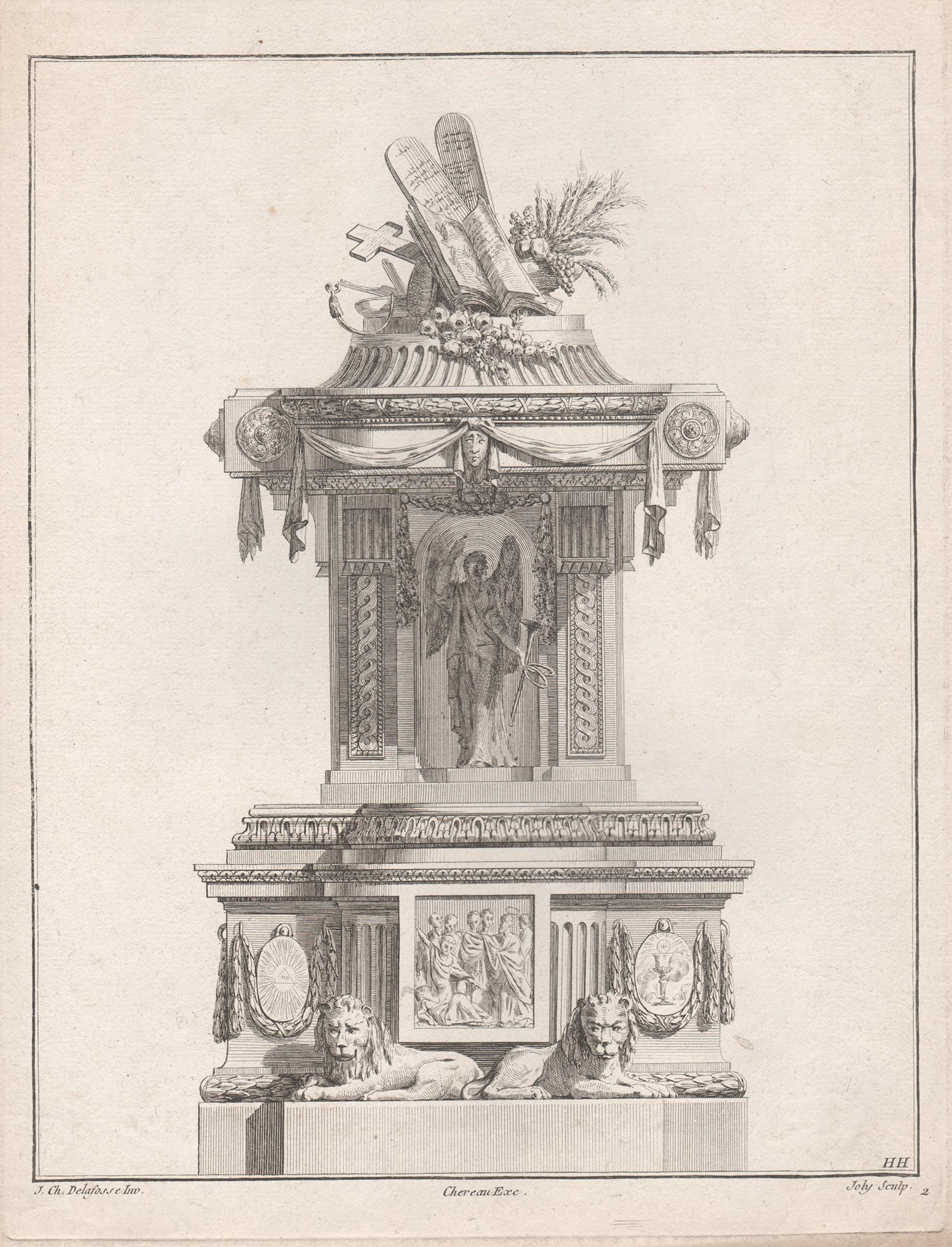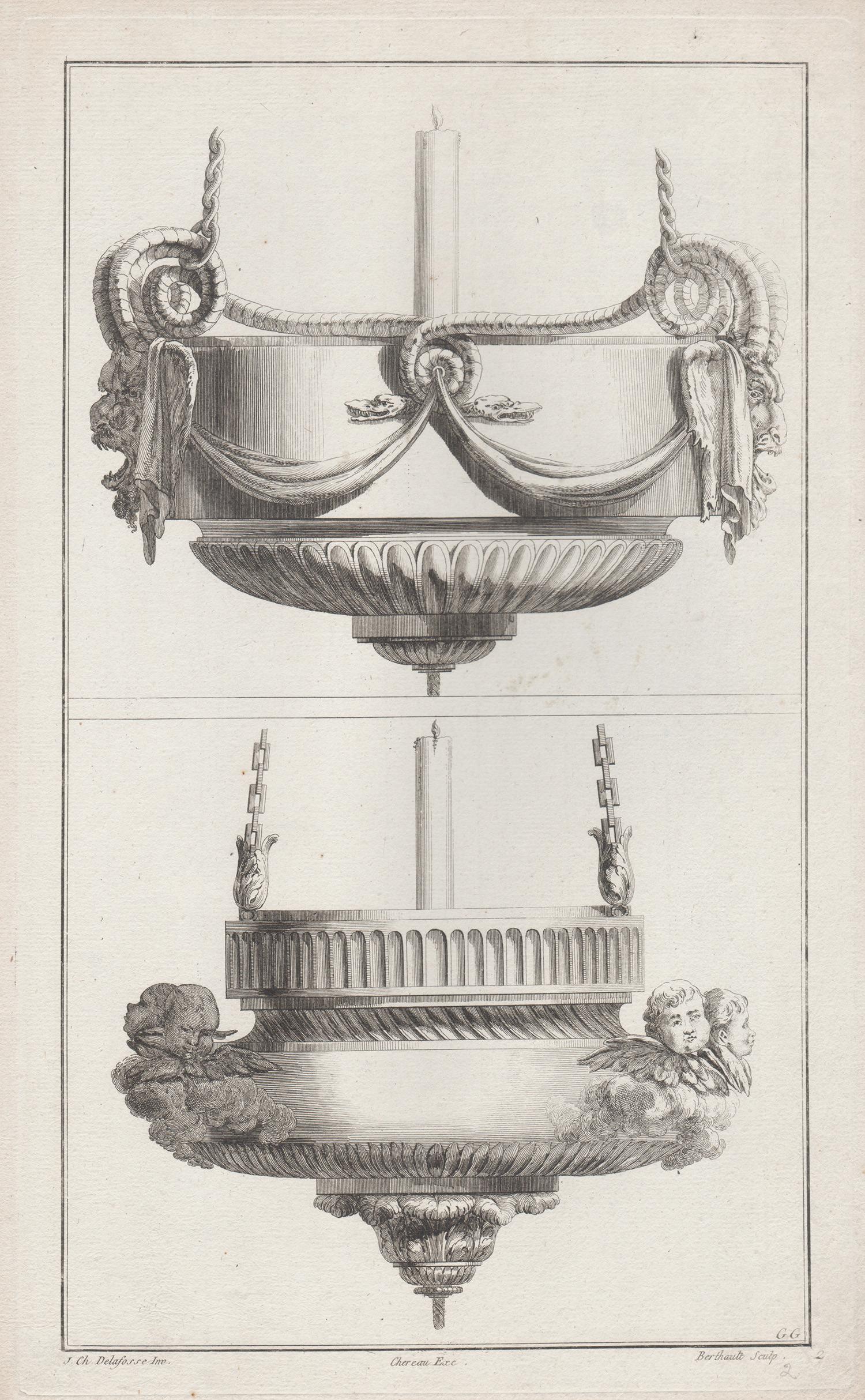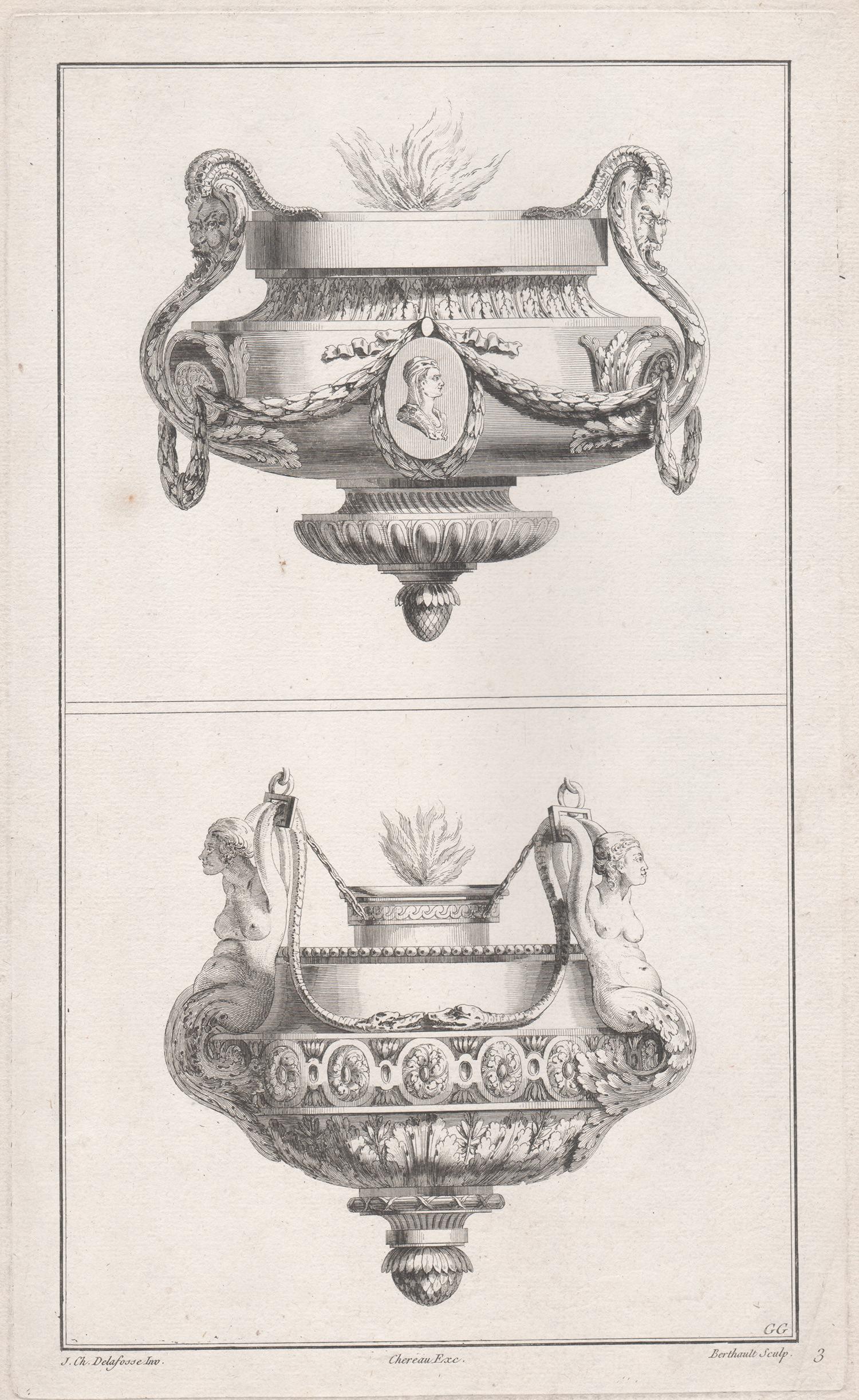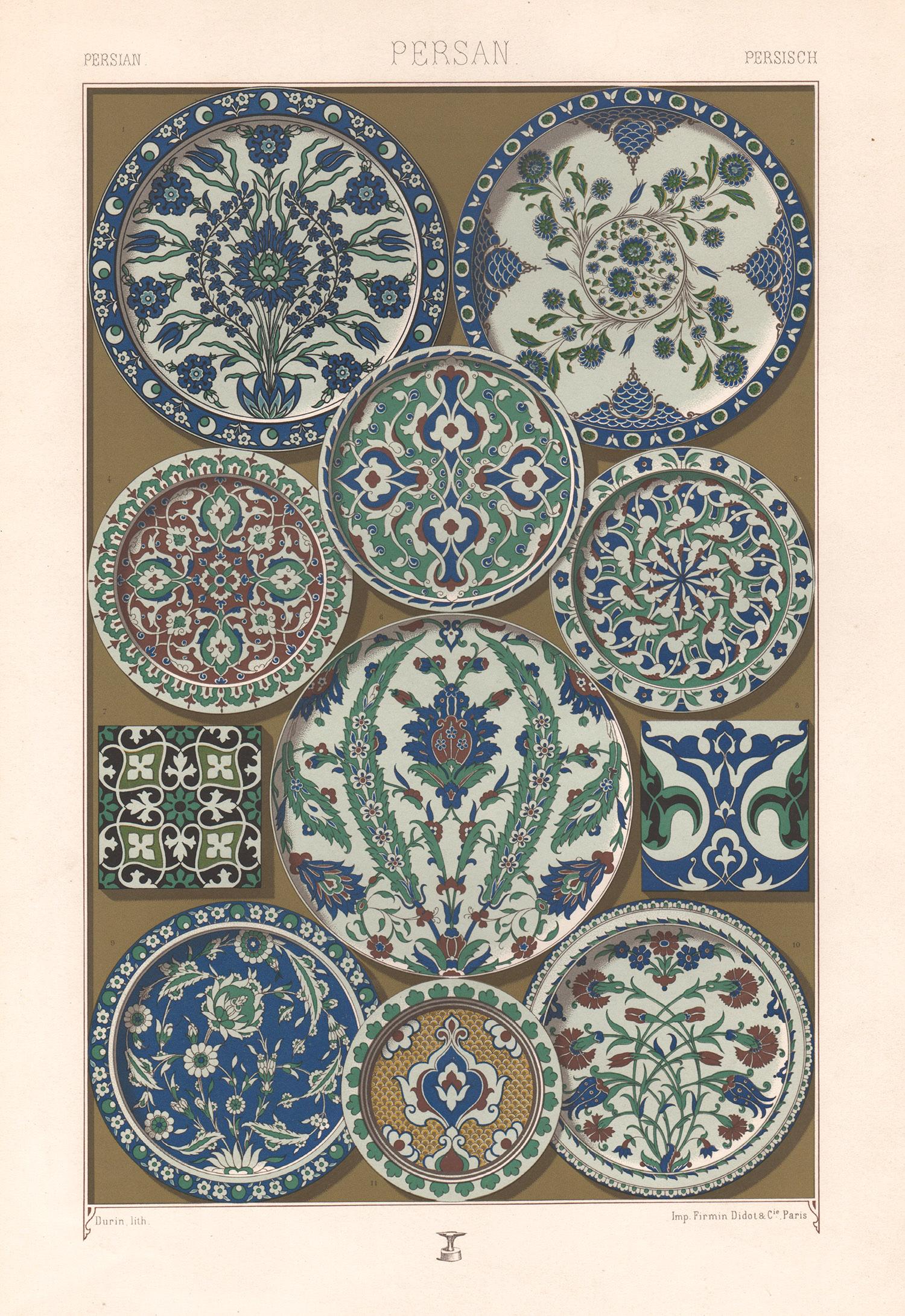Items Similar to Le Matin (Morning)
Want more images or videos?
Request additional images or videos from the seller
1 of 10
James Jacques Joseph TissotLe Matin (Morning)1886
1886
About the Item
Le Matin (Morning)
Mezzotint, 1886
Signed and dated in the plate (see photos)
Edition: at least 650 impressions in both states
Reference: Wentworth 82 ii/II
Provenance: Heirs of Edmund Sagot, Paris
Condition: Excellent
Plate size: 19 3/16 x 10 1/4 inches
Sheet size: 28 3/8 x 21 1/2 inches
James Jacques Joseph Tissot
Jacques-Joseph Tissot was born in 1836, in Nantes in a seaport on the French coast. Throughout his life Tissot retained an affinity and fascination with all things nautical, and his marked ability to accurately paint rigging and shipboard scene paintings must have come from his boyhood. The son of a prosperous shopkeeper who was a devout Roman Catholic, the young Tissot was sent away to a boarding school run by Jesuits. Although initially unenthusiastic about the prospect of his son becoming an artist, Tissot senior eventually accepted the inevitability of his son's artistic pretensions.
In 1856 Tissot went to Paris to train as a painter. Here, at the Ecole des Beaux Arts the young Tissot met the young James McNiell Whistler (1834-1903), one of the most celebrated and unusual figures in 19th century art. At about this time Tissot also met, and became a friend of Degas (1834-1917) the Impressionist painter. Like Alma-Tadema, and Edward Burne-Jones, Tissot changed his name at this time to draw attention to himself. In his case he anglicized his Christian name to James. Tissot inherited the shrewd commercial instincts of his father, and like Alma-Tadema and Millais, was a painter-entrepreneur. In the 1860s he visited Italy, and in 1862 London. In 1864 Tissot exhibited his oil paintings at the Royal Academy for the first time, suggesting that he realized the potential of London as a source of wealthy patrons. He began to concentrate on contemporary scene paintings. In 1869 he produced caricatures for Vanity Fair magazine, including a brilliant caricature of the elegant, sophisticated Frederic Leighton at an evening reception.
Following the defeat of France and the occupation of Paris during the Franco-Prussian war, Tissot fled to England where he had a considerable number of contacts. He was initially the guest of the Editor of Vanity Fair, with whom he had become friendly, and who seems to have opened doors for him both socially and professionally. Tissot, hard working and shrewd, quickly became successful in London, where his oil paintings of social events and his conversation pieces rapidly became popular. These paintings look beautifully painted and were an interesting record of social life at the time, but were controversial. This was the time when commercially successful people were overtaking the landed aristocracy in wealth and as arts patrons. In some quarters Tissot’s paintings were regarded as depictions of the nouveau-riche. Ruskin was a particularly severe critic, describing them as "mere painted photographs of vulgar society." In 1873, Tissot bought the house in St John's Wood where he would live for the rest of his time in London, and started to become a significant figure socially. Tissot's success in London was regarded with envy by Degas and other painters of his circle in Paris.
In the mid 1870s Tissot met Kathleen Newton (1854-1882), an Irish divorcee with a distinctly colorful past. She had formed a sexual relationship with a man on a voyage to India to be married, and borne his child. Kathleen became Tissot’s model, muse, mistress, and the great love of his life. Many other successful men kept mistresses in St John's Wood, but they did not, like Tissot, live openly with them in adulterous relationships. This situation forced the painter to choose between his social life and Kathleen. To his credit he chose his lady. It would be wrong to think that Tissot became something of a hermit, as he and Kathleen Newton entertained their more bohemian artistic friends at home. But Tissot's days as a man-about-town were over, and he and Kathleen seem to have settled into a quiet life of domesticity. Kathleen's two children lived close by with her sister. Kathleen Newton was an extremely attractive young woman, and appeared in many of Tissot paintings at this time. In the late 1870s her health started to decline, with the onset of that great 19th century killer Tuberculosis. Tissot remained devoted to her. It is likely that the Roman Catholicism of both would not allow them to contemplate marriage. In 1882, the desperately ill Kathleen cheated consumption by committing suicide, and, as a result was not able to be buried in consecrated ground. With one week Tissot left his home at St Johns Wood, and never returned to it. The house was later bought by Alma-Tadema.
Tissot was devastated by his loss, and never really recovered from it. He seemed unable to accept the enormity and permanence of it. It is rumored that he considered marriage to other women later in life, but these affairs came to nothing. Like many English people at this time Tissot became interested in Spiritualism, and on a number of occasions tried to contact the dead Kathleen. The exotic French artist and his fallen women-one of the great 19th century English love stories. Initially Tissot carried on working back in Paris, in much the same manner as in London. Tissot produced a series of paintings of attractive, beautifully dressed women in sumptuous surroundings. These paintings were, for a time, extremely fashionable. Following this Tissot experienced a profound religious experience, and became increasingly devout. Tissot embarked on a series of religious paintings, visiting the Middle East on a number of occasions, to observe and paint backgrounds for his oil paintings. These paintings were well-received at the time, but in our more secular age have little appeal. James Tissot died on Friday 8th August 1902. Courtesy: James Tissot web site
- Creator:James Jacques Joseph Tissot (1836-1902, French)
- Creation Year:1886
- Dimensions:Height: 19.19 in (48.75 cm)Width: 10.25 in (26.04 cm)
- Medium:
- Movement & Style:
- Period:
- Condition:
- Gallery Location:Fairlawn, OH
- Reference Number:
About the Seller
5.0
Recognized Seller
These prestigious sellers are industry leaders and represent the highest echelon for item quality and design.
Platinum Seller
These expertly vetted sellers are 1stDibs' most experienced sellers and are rated highest by our customers.
Established in 1978
1stDibs seller since 2013
711 sales on 1stDibs
Typical response time: 1 hour
Associations
International Fine Print Dealers Association
- ShippingRetrieving quote...Ships From: Fairlawn, OH
- Return PolicyA return for this item may be initiated within 10 days of delivery.
More From This SellerView All
- The Woman and the StreetBy Marc ChagallLocated in Fairlawn, OHThe Woman and the Street Etching, 1927-1930 Signed in the plate lower right corner (see photo) From: The Fables of La Fontaine, Plate 84 From the deluxe portfolio edition of 40 examples, printed on japan nacré paper Printed by Maurice Potin, 1927-1930 Published by Tériade, éditeur, Paris, 1952 Reference: Johnson 174 Condition: Tape stain top center recto from pervious hinging. Image/Plate size: 11 3/4 x 9 1/2 inches Sheet size: 15 1/8 x 11 1/8 inches The Women and the Secret There's nothing like a secret weighs; Too heavy 'tis for women tender; And, for this matter, in my days, I've seen some men of female gender. To prove his wife, a husband cried, (The night he knew the truth would hide,) 'O Heavens! What's this? O dear...Category
1920s French School Prints and Multiples
MaterialsEtching
- Landscape with Window and ChairBy Robert KipnissLocated in Fairlawn, OHLandscape with Window and Chair Mezzotint on wove paper, 2000 Signed in pencil lower right (see photo) Edition: 150 (93/150) (see photo) Special Presentation Print for the Print Club of Albany, 2000 Condition: Mint Image/Plate size: 4 1/2 x 3 1/2 inches Sheet size: 7 x 5 1/2 inches From the Print Club of Albany: "Kipniss states that it is part of his working process to explore an image in pencil, in paint and in print. As the image evolves, its ramifications lead to hints of the next work. This image is well-suited for this medium since in mezzotint the artist literally draws the light as he burnishes the tiny rocked copper pinholes that trap the ink and become the image." From 1968 into 1990, Kipniss created lithographs that followed the style and content of his paintings, whether generally or specifically. A commission from a print publisher in 1968 for five editions of lithographs precipitated his adoption of lithography as a medium. Kipniss's first lithographs were done in black and white, but by 1970 he was also working in color. He taught himself "to lay in the most delicately light silvery tones on the surface of the limestone by maintaining an exceptionally sharp point on the lithographic pencil and drawing with no pressure other than the weight of the pencil itself." He built up a support so that his hand and wrist could "dangle" over the stone. By 1990 Kipniss had completed about 450 editions of lithographs, usually of 90 to 250 impressions, at the Burr Miller studio in Manhattan. He worked from 1969 with master printer Burr Miller and then with Steve and Terry, his sons. Works by the artist are in the following public collections: • Achenbach Foundation for Graphic Arts, Fine Arts Museums of San Francisco, California Palace of the Legion of Honor* • Albertina Museum, Vienna, Austria* • Albright-Knox Art Gallery, Buffalo, NY • Arkansas State University Permanent Collection, State University, AR • Art Institute of Chicago, Chicago, IL • Art Museum of Western Virginia, Roanoke, VA • Art Students League of New York, New York, NY • Bates College Museum of Art, Lewiston, ME • Berkshire Museum, Pittsfield, MA • Bibliothèque nationale de France, Paris* • Boston Athenæum, Boston, MA • Bowdoin College Museum of Art, Brunswick, ME* • British Museum, London, England* • Brooklyn Museum of Art, Brooklyn, NY* • Butler Institute of American Art, Youngstown, OH • Canton Art Institute, Canton, OH • Carnegie Museum of Art, Pittsburgh, PA • Century Association, New York, NY • Cleveland Museum of Art, Cleveland, OH* • Columbus Museum of Art, Columbus, OH • Coos Art Museum, Coos Bay...Category
Early 2000s Contemporary Interior Prints
MaterialsMezzotint
- En passant (Passing by)By Louis LegrandLocated in Fairlawn, OHEn passant (Passing by) Drypoint, 1909 Unsigned (as issued in the deluxe portfolio) From the album "Les Bars" (8 plates plus cover illustration) Edition: 30, this state with remarque Published by Gustav Pellet, Paris A very rich impression wwith burr Condition: Excellent Image/Plate size: 9 7/8 x 6 3/8 inches Reference: Arwas 391a (remarque) Exteens 277 i/II IFF 148 (portfolio) Louis Auguste Mathieu Legrand (29 September 1863 – 1951) was a French artist, known especially for his aquatint engravings, which were sometimes erotic. He was awarded the Légion d'honneur for his work in 1906. Life Legrand was born in the city of Dijon in the east of France. He worked as a bank clerk before deciding to study art part-time at Dijon's Ecole des Beaux-Arts. He won the Devosge prize at the school in 1883.[2] In 1884 Legrand studied engraving under the Belgian printmaker Félicien Rops. Legrand's artworks include etchings, graphic art and paintings. His paintings featured Parisian social life. Many were of prostitutes, dancers and bar scenes, which featured a sense of eroticism. According to the Hope Gallery, "Louis Legrand is simply one of France's finest early twentieth century masters of etching." His black and white etchings especially provide a sense of decadence; they have been compared to those of Henri de Toulouse-Lautrec, though his drawings of the Moulin Rouge, the can-can dance and the young women of Montmartre preceded Toulouse-Lautrec's paintings of similar scenes. He made over three hundred prints of the night life of Paris. They demonstrate "his remarkable powers of observation and are executed with great skill, delicacy, and an ironic sense of humor that pervades them all." Two of his satirical artworks caused him to be tried for obscenity. The first, "Prostitution" was a symbolic drawing which depicted a naked girl being grasped by a dark monster which had the face of an old woman and claws on its hands; the second, "Naturalism", showed the French novelist Émile Zola minutely studying the thighs of a woman with a magnifying glass. Defended by his friend the lawyer Eugène Rodrigues-Henriques (1853–1928), he was found not guilty in the lower court, but was convicted in the appeal court and then given a short prison sentence for refusing to pay his fine. Legrand was made famous by his colour illustrations for Gil Blas magazine's coverage of the can-can, with text by Rodrigues (who wrote under the pseudonym Erastene Ramiro). It was a tremendous success, with the exceptional quantity of 60,000 copies of the magazine being printed and instantly sold out in 1891. In 1892, at the instigation of the publishing house Dentu, Legrand made a set of etchings of his Gil Blas illustrations. The etchings were published in a book, Le Cours de Danse Fin de Siecle (The End of the Century Dance Classes). Legrand took a holiday in Brittany, which inspired him to engrave a set of fourteen lithographs of simple country life called Au Cap de la Chevre (On Goat Promontory). It was published by Gustave Pellet who became a close friend of Legrand's. Pellet eventually published a total of 300 etchings by Legrand, who was his first artist; he also published Toulouse-Lautrec and Félicien Rops among others. He did not only work in graphics; he exhibited paintings at the Paris salon of the Société Nationale des Beaux-Arts starting in 1902. In 1906 he was made a chevalier of the Légion d'honneur. Legrand died in obscurity in 1951. A retrospective exhibition was held at the Félicien Rops museum in Namur, Belgium in 2006 to celebrate his graphic art. The art collector Victor Arwas published a catalogue raisonné for the occasion. Books illustrated de Maupassant, Guy: Cinq Contes Parisiens, 1905. Poe, Edgar Alan: Quinze Histoires d'Edgar Poe...Category
Early 1900s Art Nouveau Interior Prints
MaterialsDrypoint
- La Negresse (The Negress)By Louis LegrandLocated in Fairlawn, OHLa Negresse (The Negress) Etching & drypoint, 1909 Unsigned (as issued in the portfolio) From the album "Les Bars" (8 plates plus cover illustration) Editi...Category
Early 1900s Art Nouveau Interior Prints
MaterialsEtching
- Gaiety BurleskBy Reginald MarshLocated in Fairlawn, OHGaiety Burlesque Etching, 1930 Unsigned (as usual for the Whitney edition); Numbered in pencil lower left; Blind stamp of the Whitney Museum (WM) lower right Edition: 114, regular ed...Category
1930s American Modern Interior Prints
MaterialsEtching
- The So-Called Tempio della Tosse, Near Tivoli. Interior UprightBy Giovanni Battista PiranesiLocated in Fairlawn, OHThe So-Called Tempio della Tosse, Near Tivoli. Interior Upright (Veduta interna del Tempio della Tosse) "Temple of the Cough" Etching, 1764 Signed in the plate From: Vedute di Roma...Category
1760s Old Masters Interior Prints
MaterialsEtching
You May Also Like
- French Neoclassical design for a Pulpit, engraving after DelafosseLocated in Melbourne, VictoriaCopper-line engraving. C1768. Delafosse was a French decorative designer, engraver and architect. Apprenticed for a time to a sculptor, by 1767 he styled himself an 'architect and professor of design'. He published the first volume of his most important work, 'Nouvelle Iconologie Historique' in 1768, containing 110 plates of his designs for furniture, decorative arts and architectural...Category
Late 18th Century French School Interior Prints
MaterialsEngraving
- French Neoclassical Design for Candlesticks, engraving after DelafosseLocated in Melbourne, VictoriaCopper-line engraving. C1768. Delafosse was a French decorative designer, engraver and architect. Apprenticed for a time to a sculptor, by 1767 he styled himself an 'architect and professor of design'. He published the first volume of his most important work, 'Nouvelle Iconologie Historique' in 1768, containing 110 plates of his designs for furniture, decorative arts and architectural...Category
Late 18th Century French School Interior Prints
MaterialsEngraving
- French Neoclassical design for a Pulpit, engraving after DelafosseLocated in Melbourne, VictoriaCopper-line engraving. C1768. Delafosse was a French decorative designer, engraver and architect. Apprenticed for a time to a sculptor, by 1767 he styled himself an 'architect and professor of design'. He published the first volume of his most important work, 'Nouvelle Iconologie Historique' in 1768, containing 110 plates of his designs for furniture, decorative arts and architectural...Category
Late 18th Century French School Interior Prints
MaterialsEngraving
- French Neoclassical Design Engraving for BraziersLocated in Melbourne, VictoriaCopper-line engraving. C1768. Delafosse was a French decorative designer, engraver and architect. Apprenticed for a time to a sculptor, by 1767 he styled himself an 'architect and professor of design'. He published the first volume of his most important work, 'Nouvelle Iconologie Historique' in 1768, containing 110 plates of his designs for furniture, decorative arts and architectural...Category
Late 18th Century French School Interior Prints
MaterialsEngraving
- French Neoclassical Design engraving for BraziersLocated in Melbourne, VictoriaCopper-line engraving. C1768. Delafosse was a French decorative designer, engraver and architect. Apprenticed for a time to a sculptor, by 1767 he styled himself an 'architect and professor of design'. He published the first volume of his most important work, Nouvelle Iconologie Historique in 1768, containing 110 plates of his designs for furniture, decorative arts and architectural...Category
Late 18th Century French School Interior Prints
MaterialsEngraving
- Persian, French antique 19th century Racinet art design lithograph printLocated in Melbourne, Victoria'Persian - Persan - Persisch' Late 19th century interior design chromolithograph, from Racinet’s ‘L’Ornement Polychrome’, 1887. Published in Paris. Albert Racinet's 'L' Ornement Po...Category
Late 19th Century French School Abstract Prints
MaterialsLithograph
Recently Viewed
View AllMore Ways To Browse
Used Interior Wood Doors Doors
Used Wood Interior Doors
Mid Century Interior Door
Antique Home Interior
Antique French Interior Doors
Antique French Doors Interior
Antique Interior French Doors
Interior French Doors Antique
Interior Antique French Doors
Antique Wood Interior Doors
Antique Wood Interior Door
Antique Painted Interior Doors
Les Elegantes
Contemporary Interior Doors
Christian Dior Lady Black
The Wrong Man
St Jacques
19th Century French Interior Scene

